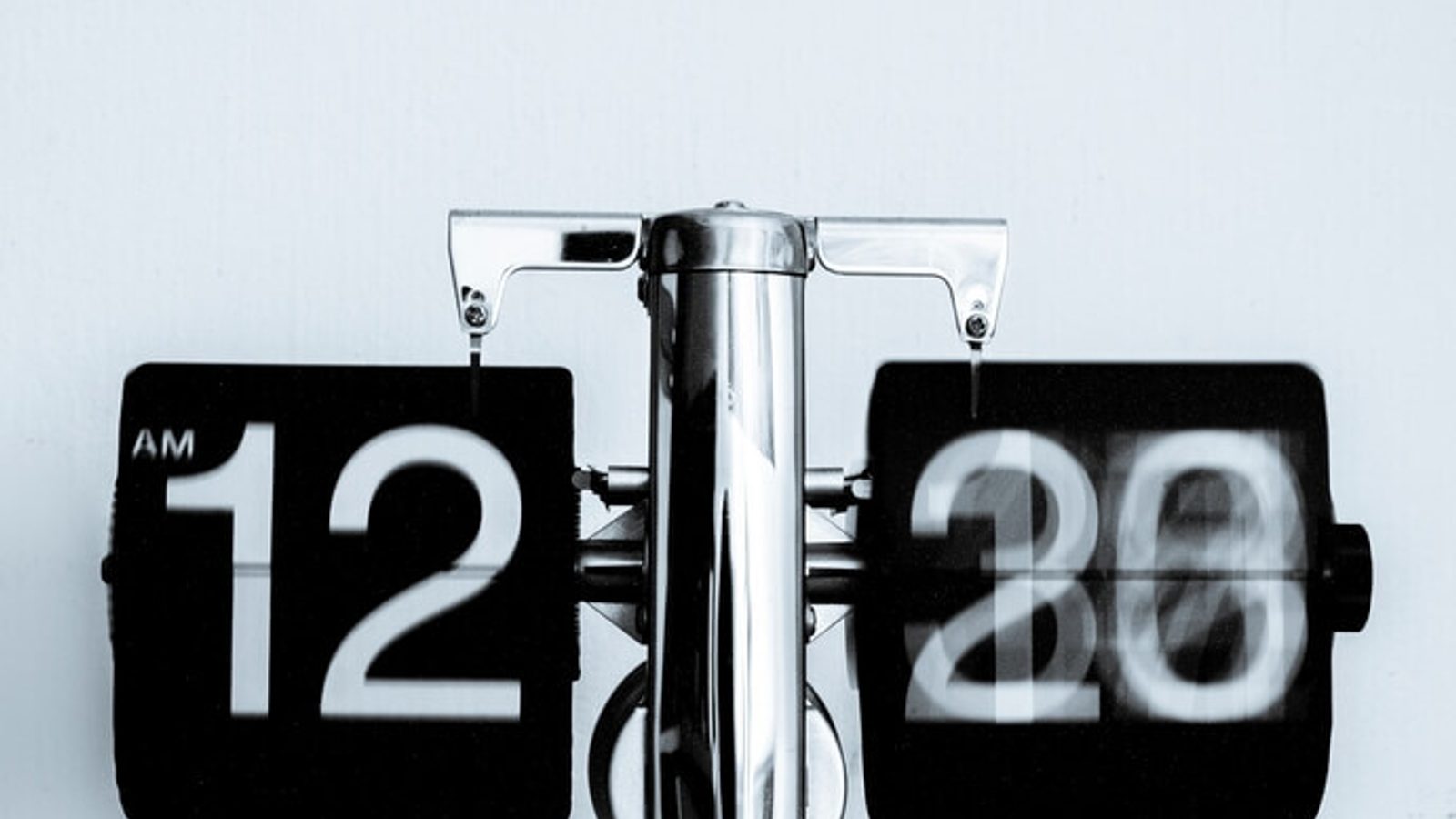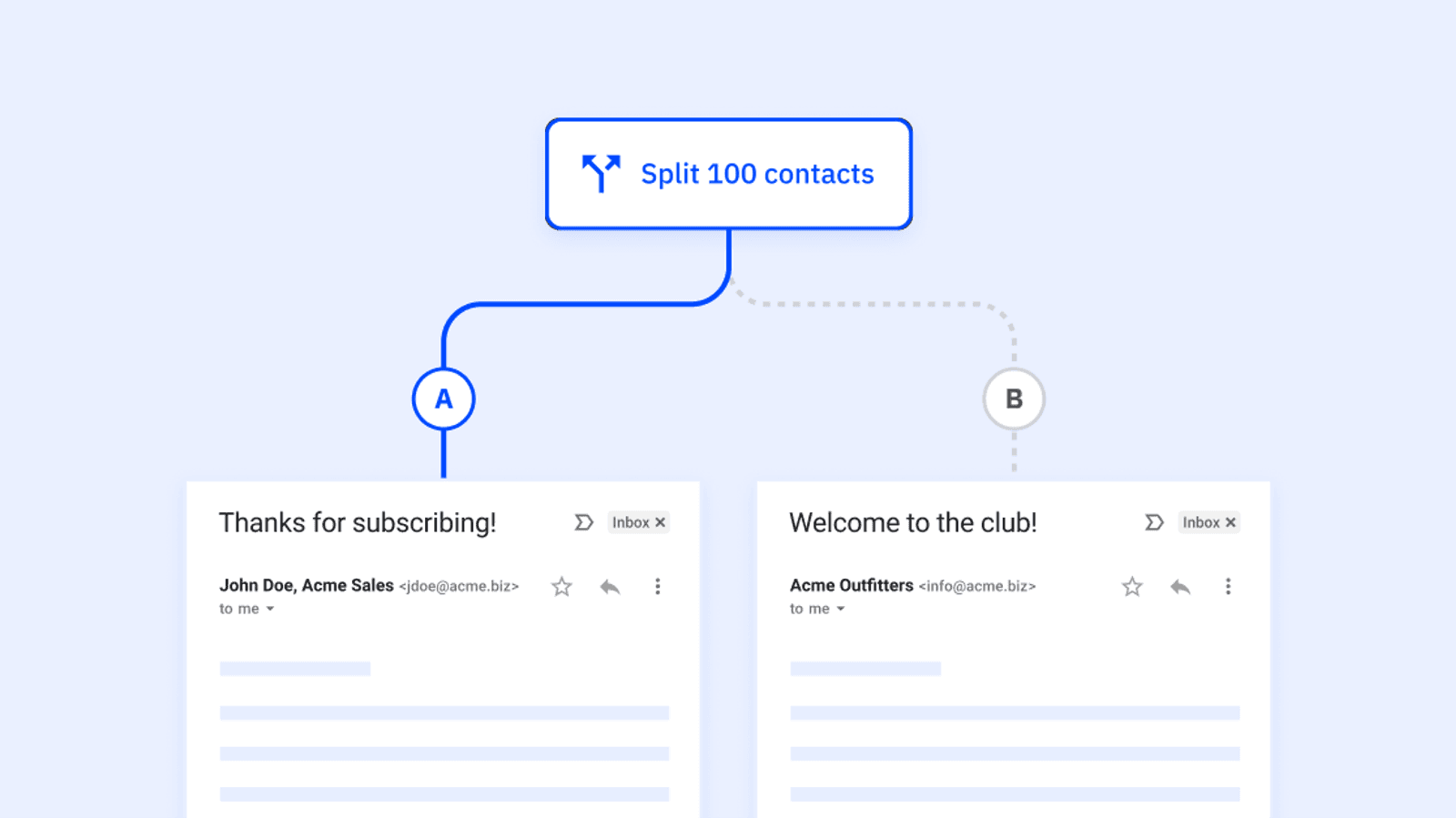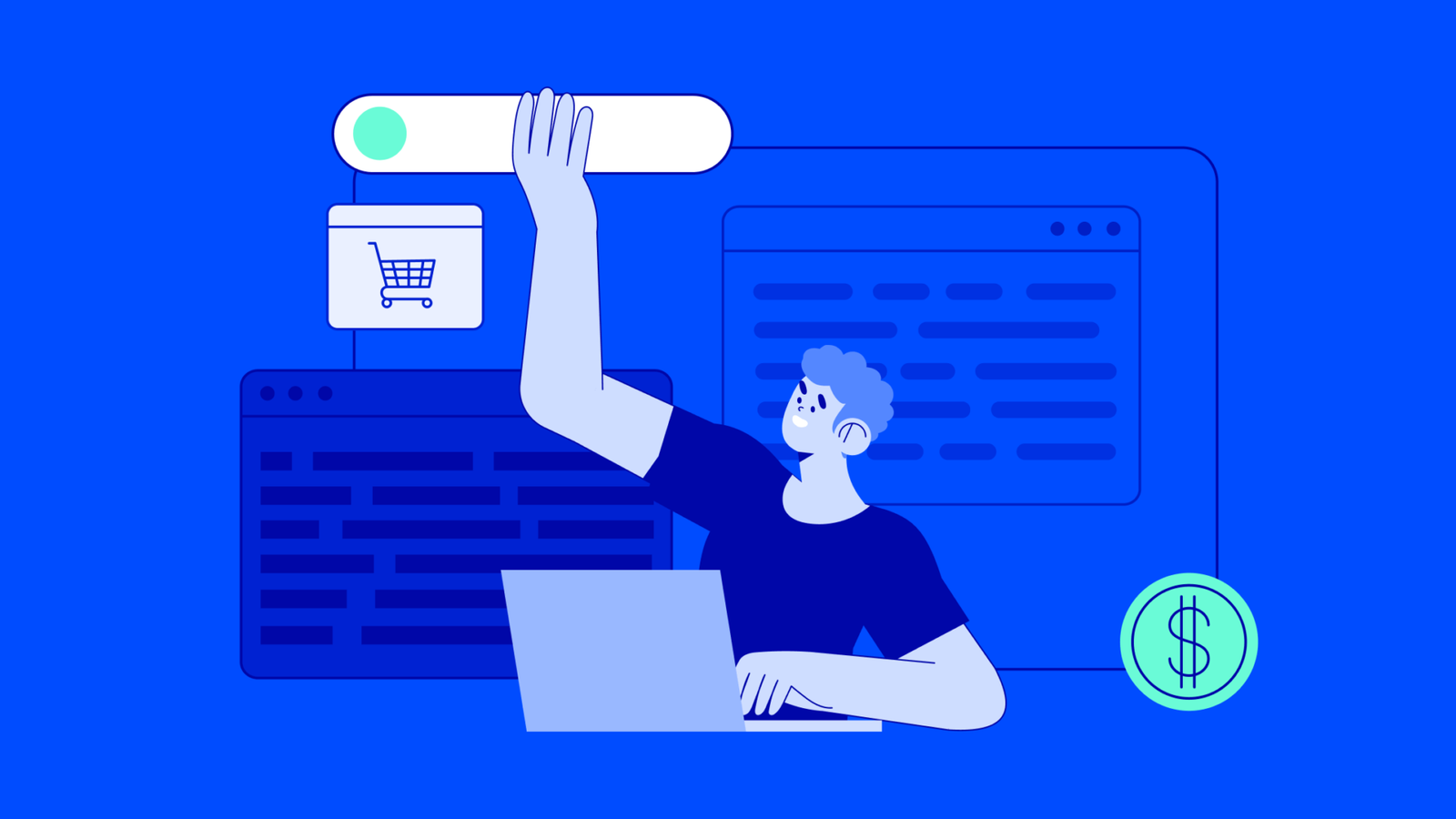
Try it now, for free
1. Avoid “half-work” and “pseudo-work” at all costs
2. Say “no” to increase small business productivity
3. Follow the 80/20 rule to increase small business efficiency
4. Eat that frog: Start your day with something hard
5. Commit to 10 minutes of important, non-urgent work each day
6. Automate what you can
A lot of small business owners wind up doing a little bit of everything. But because you’re doing a lot of things that fall outside of your direct expertise, there may be opportunities to increase efficiency that you can’t see.Are there repetitive tasks that you find yourself spending a lot of time on? It will take a little bit of time up front to set up, but look for ways to automate these tasks and improve small business productivity.Appointment scheduling, reminder emails, and nitty-gritty managing of your marketing are often good candidates for automation.A wide variety of marketing tasks can be automated as well. Automated follow-up, autoresponders, lead scoring, updating your CRM, and targeting specific customers for particular promotions can all be put on autopilot with marketing automation.
7. Outsource what you can’t automate
8. Use batching to handle small tasks
9. Sleep better to focus more at work
10. Eliminate distractions to increase efficiency
11. Use the Pomodoro Technique to do more deep work
- Set a timer for 25 minutes (does not need to be tomato-shaped)
- Work
- Take a 5-minute break when the timer goes off, and add a check mark to a piece of paper
- Repeat
- When you have four check marks, take a longer break of 15-20 minutes







